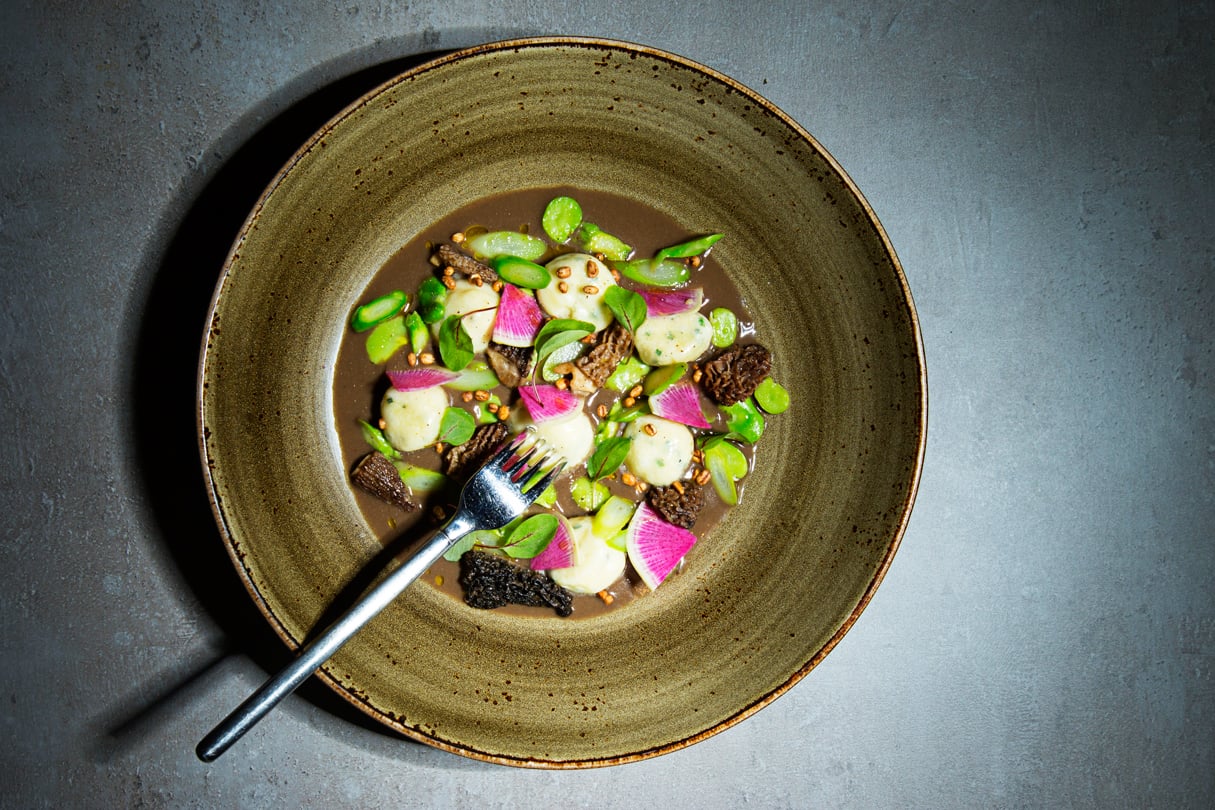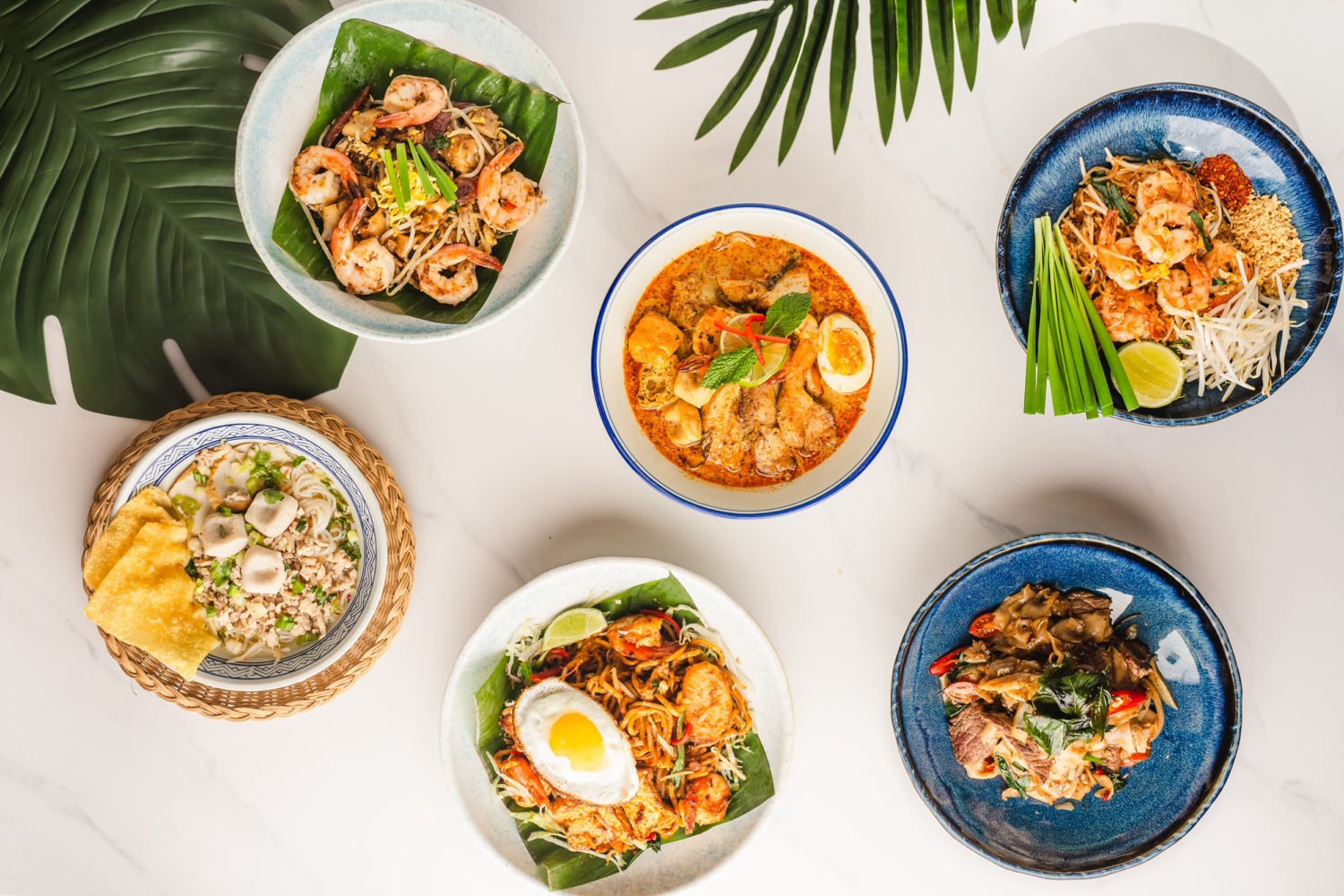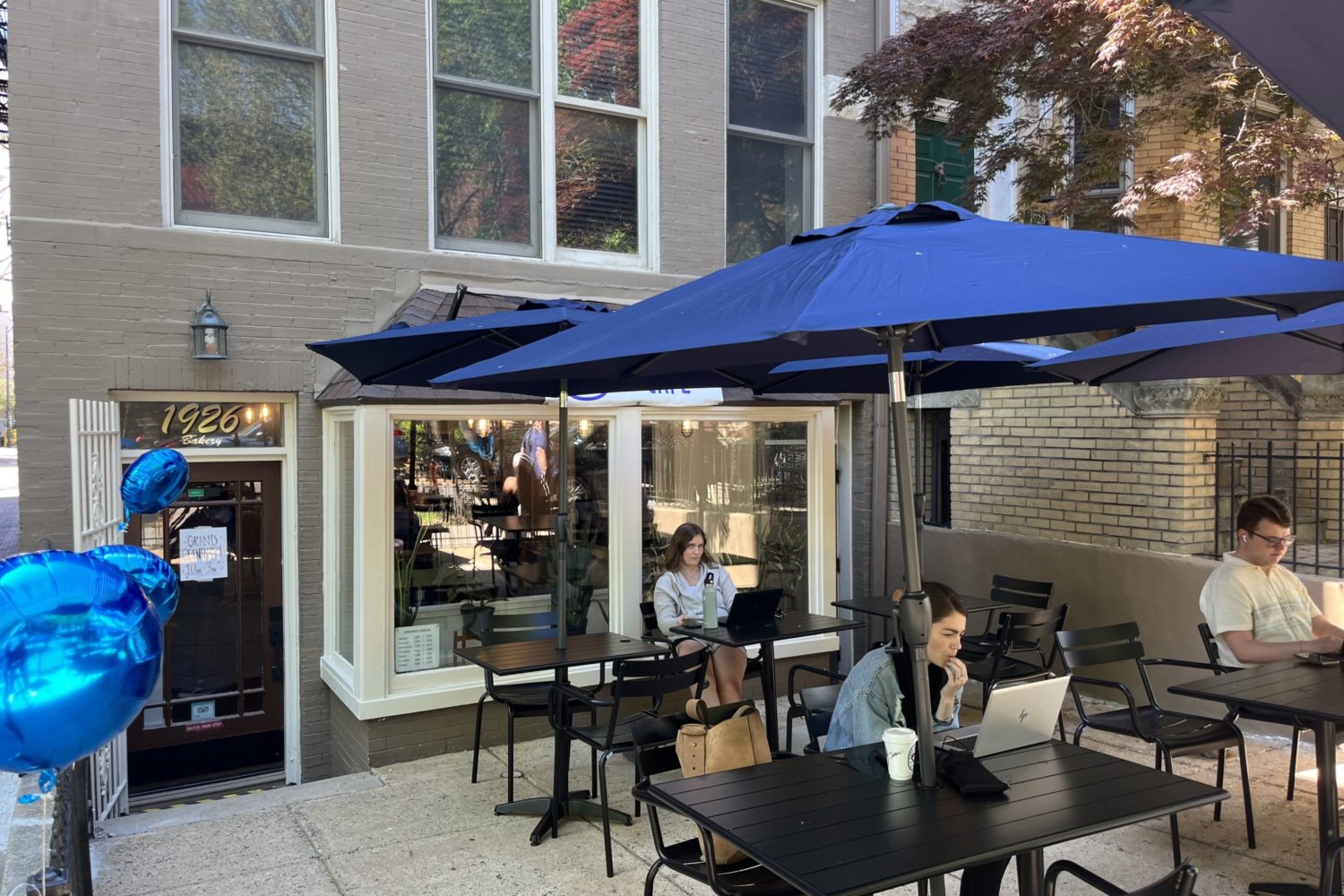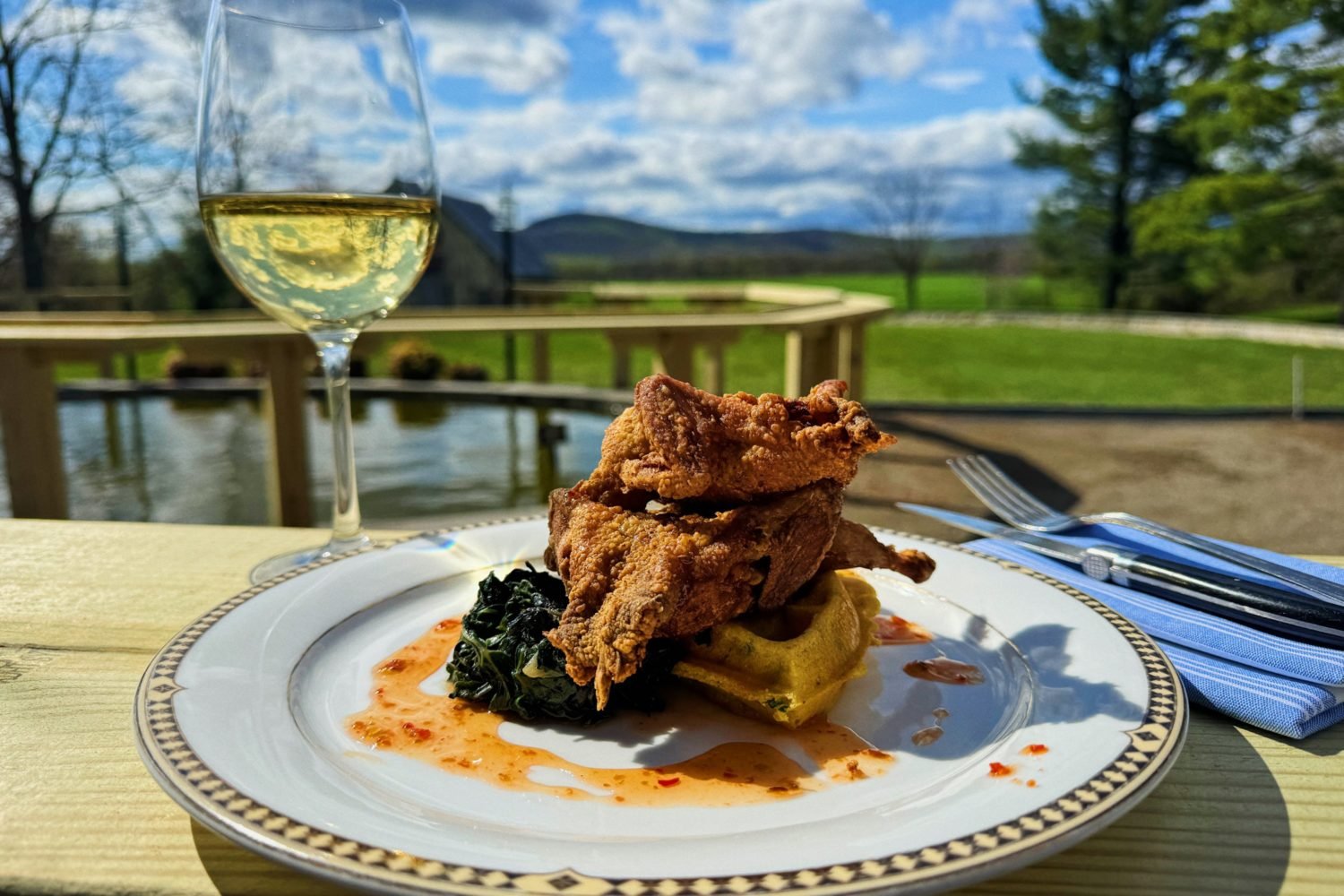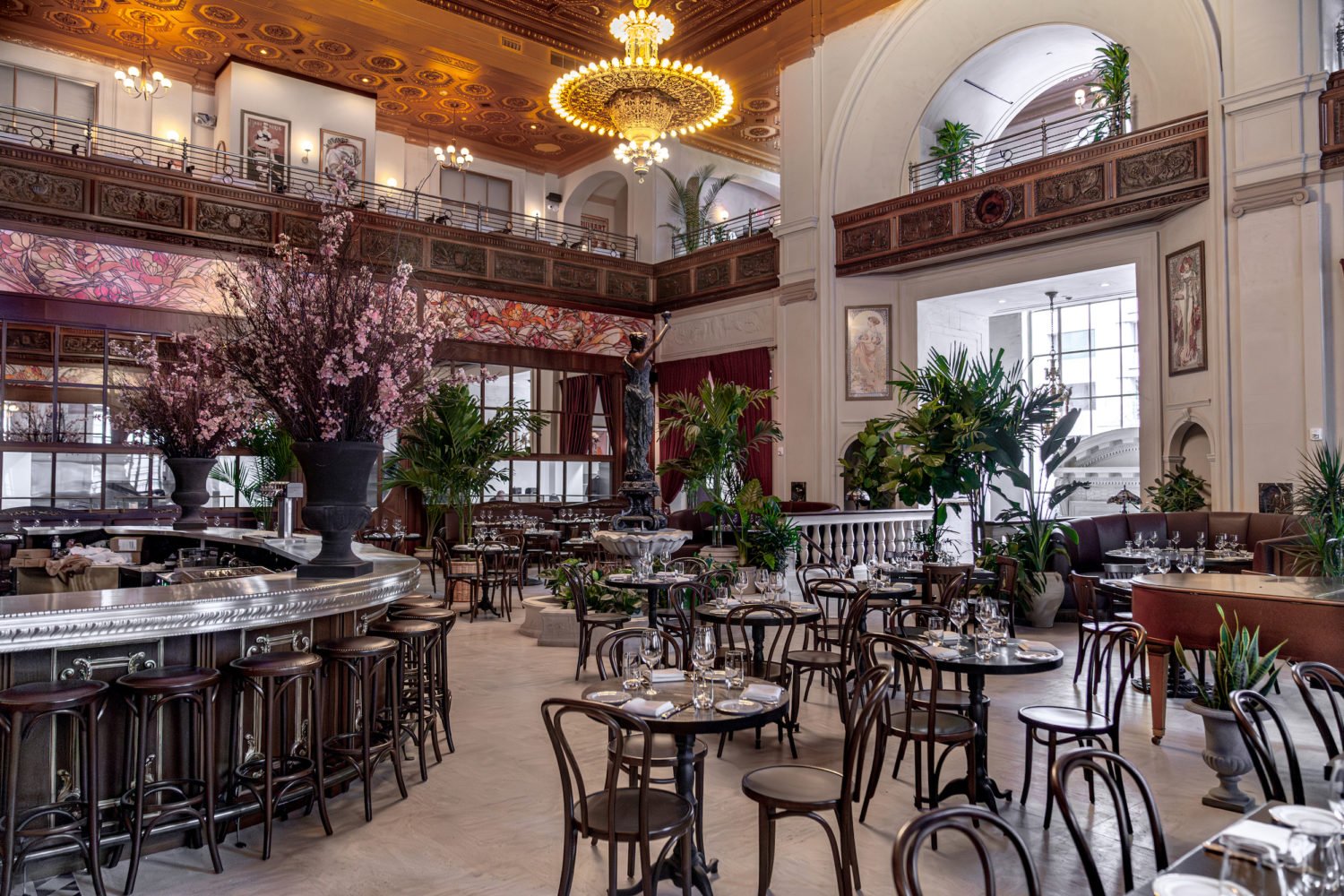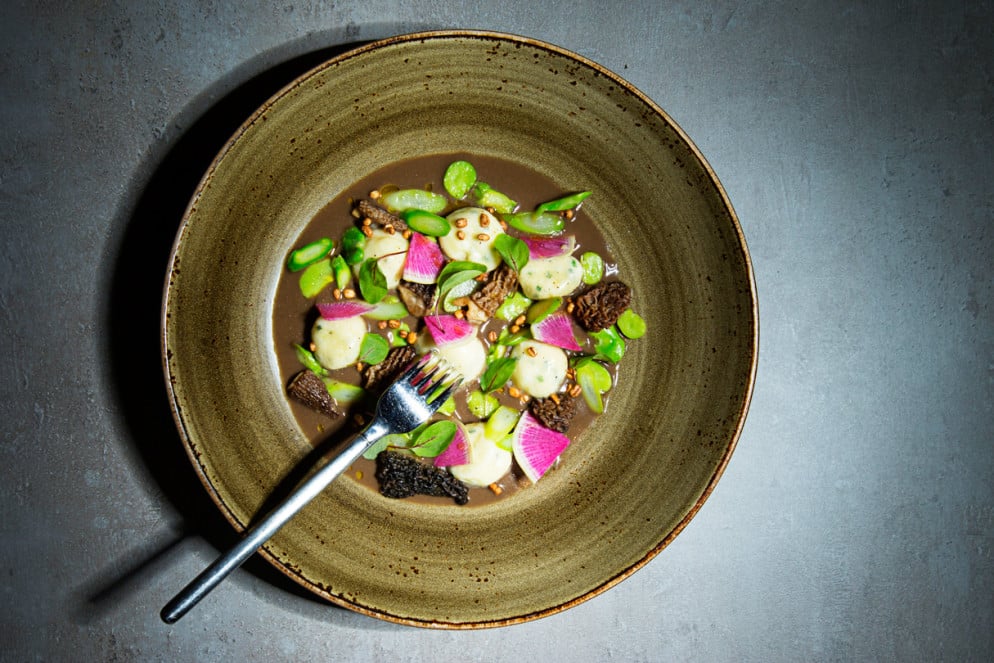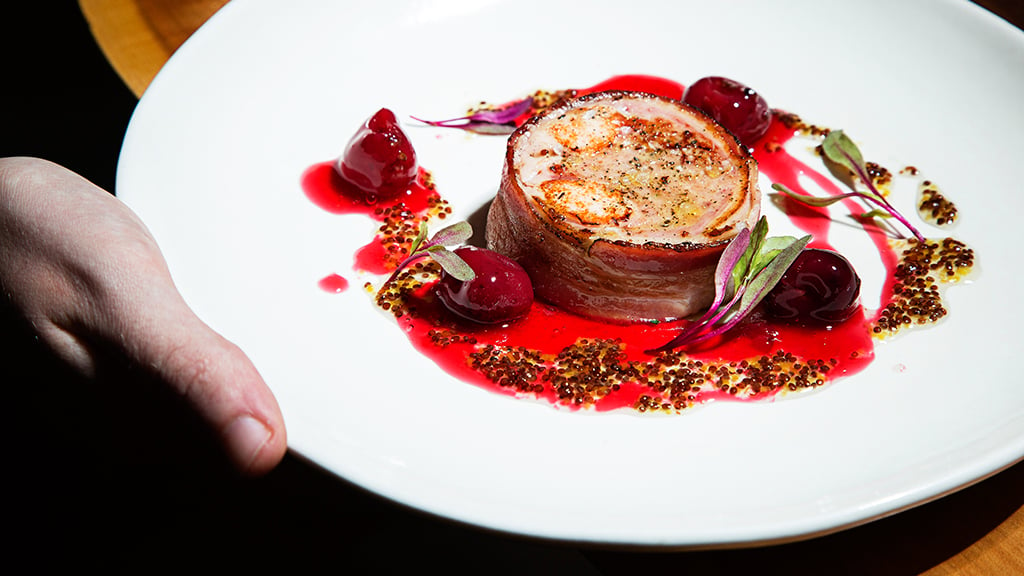About Clarity
Jon Krinn came of age, culinarily, in an era of gaudy excess. His first time running a kitchen was at 2941, a restaurant that more than any other defined the boom years of the early 2000s: specialty cuts of beef and monstrous lobes of foie gras in a cavernous dining room as warm with the nouveau riche of the tech set and decorated with lots of big, bad art. The cooking was excellent, however, and Krinn’s warm, personal touches—enlisting his father, a local ophthalmologist, to make the fabulous breads and sending diners home with fresh-spun cotton candy—helped offset the grandiosity.
His next gig was Inox, where the menu was studded with luxuries and charged accordingly. Its misfortune was to arrive just after the economy bottomed out, in early 2009, making it the most conspicuous food-world casualty of the crash. Inox might not have survived even without the lurch toward austerity, given its attempt to plant a flag in the Waterloo of Tysons Corner, where for more than a decade every effort at ambitious fine dining has been dealt an emphatic defeat. (The chefs who have struggled to make it include Bob Kinkead and Michel Richard.)
Krinn’s new place, Clarity, would seem to represent a conspicuous, perhaps chastened, retreat from the excesses of the past. The location is Vienna, a shopping-plaza restaurant on a quiet side street. The dining room isn’t a scene of swells—the crowd on my visits seemed to be made up of the swells’ parents, prosperous and settled men and women who would prefer not to go into DC to be blasted by loud music at dinner and served by waiters who wear their art, not their heart, on their sleeves. The menu includes a burger, a chopped salad, and spaghetti and meatballs (okay, veal meatballs and hand-rolled tagliatelle) and clearly is positioning itself as the kind of place where, if you live nearby, you could come a couple of times a week.
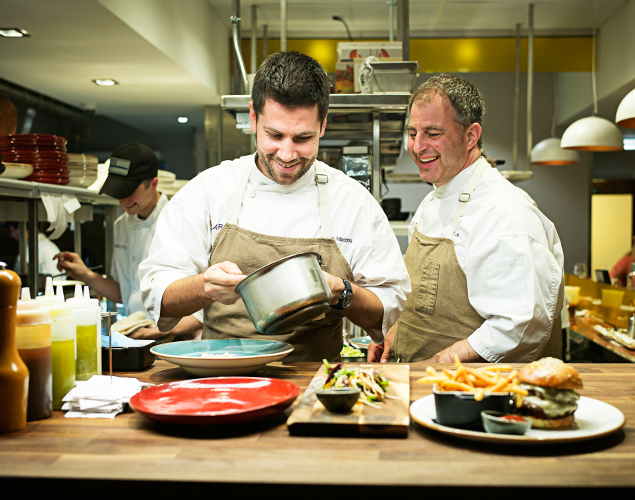
Don’t assume, though, that the chef’s downscaled ambition is synonymous with a halfhearted effort. Partnering with Jason Maddens, who previously helmed the kitchen for Michel Richard at Central, Krinn is working in a more casual vein, but the cooking is smartly conceived and cleanly executed, recalling at times his years spent ringing variations on French techniques.
I wouldn’t have thought to pair foie gras and strawberries, but Krinn has, and the combination is stunning. The dish exploits the fruit’s acidity and floral delicacy to undermine the intensity of the fattened duck liver.
Just as good, on a recent visit, was a plate of asparagus and morels, a duo as favored by chefs as peanut butter and jelly is by kids. This wasn’t how the dish was advertised—the headliner was the wrapperless ravioli called gnudi, but the ricotta dumplings existed to emphasize the freshness of the vegetables.
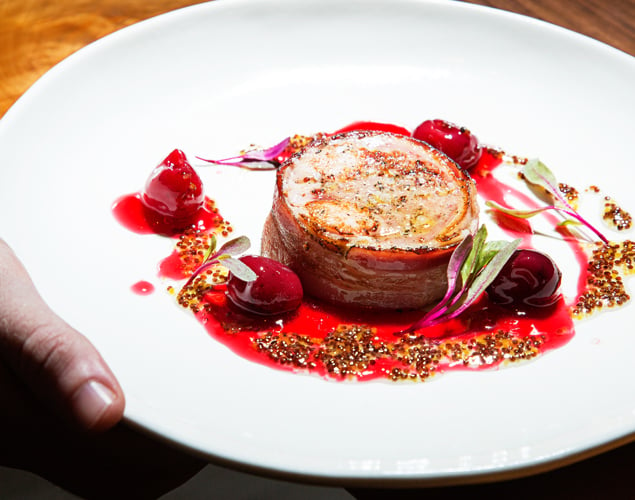
’Tis the season for soft-shells, with many chefs opting for the safe, generally crowd-pleasing choice of frying them. The preparation here is high-risk—the critters get dusted with pulverized freekeh and sautéed lightly in brown butter—but also high-reward.
To say that nothing else on my visits approached these heights is to give the mistaken impression that Clarity is a solid place that occasionally finds glory, rather than a place where you can roam the menu with confidence—from pretty starters of raw fish to the juicy, two-patty burger to more substantive plates, like a smoked pork shoulder that didn’t lean so hard in the direction of refinement that it ceased to be roadside.
Buttressing the cooking are a terrific wine list and a commitment to desserts that many restaurants can’t be bothered with—most memorably, a cake made of layered crepes.
Clarity didn’t explode out of the gate, and I confess to having had lowered expectations after one visit, when many dishes were under-salted and service lapses ruined the flow. But the place has grown to become something more than it intended: a destination, not merely a neighborhood star.
This article appears in our August 2015 issue of Washingtonian.

